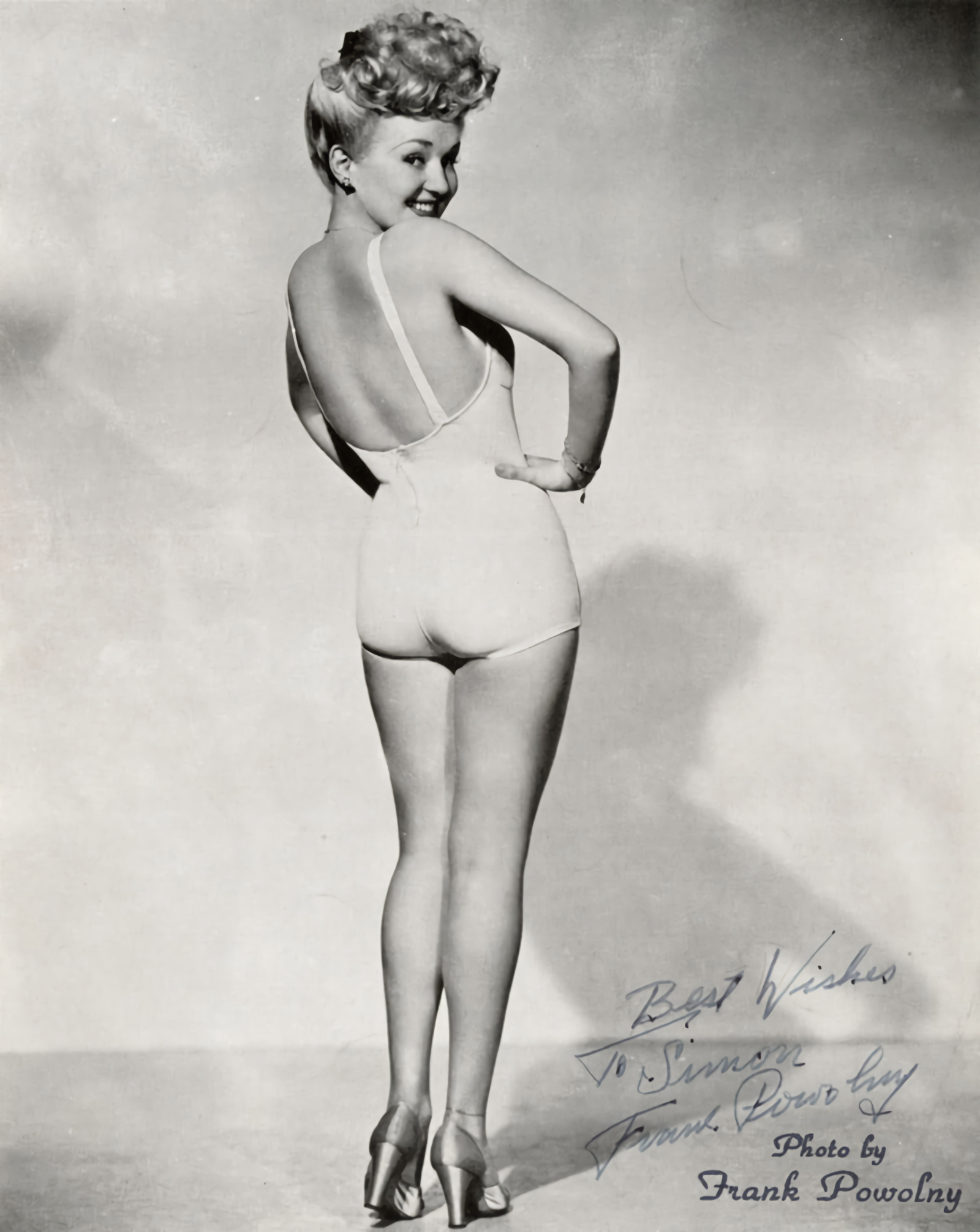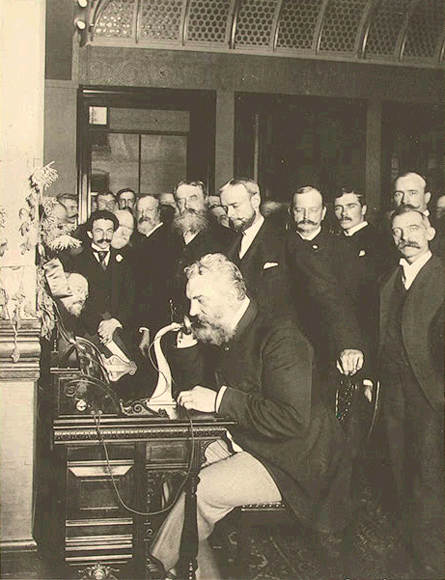The season of autumn falls into place in the Northern Hemisphere this week (in 2022 on the 22nd, though sometimes it is on the 23rd). The word "autumn" has a bit of a convoluted etymology. I have written about this particular word origin before. (see this post and another) but I keep finding little additions and so I write again.
"Autumn" is derived from Latin autumnus, and archaic auctumnus. It might have come from the ancient Etruscan root autu. It all these forms it is associated with the passing of the year. Two alternative etymologies I found are the Proto-Indo-European h₃ewǵ- ("cold") or *h₂sows- ("dry").
It was used as the Old French word autompne and automne in modern French and autumpne in Middle English. It was rarely used during the Medieval period, but by the 16th century, it was in common use.
Before the 16th century, the season was usually called "harvest." That sense is still common in the Dutch herfst, the German Herbst and the Scots hairst.
The use of harvest for the season gradually fell out of usage as people moved from rural life to working and living in towns. "Harvest" came to mean only the actual activity of reaping crops. "Autumn", as well as "fall", gradually became the replacement words for the season.
Though "fall" as a season is now associated primarily with English speakers in North America, its origins go back to old Germanic languages. The derivation might be from the Old English fiæll or feallan or the Old Norse fall. However, these similar words have the meaning "to fall from a height."
The use of it for the season comes in 16th-century England. It seems to be a contraction of Middle English expressions like "fall of the leaf" and "fall of the year." and refers to the falling of leaves from deciduous trees.
When 17th century Englishmen began emigrating to the new North American colonies, "fall" came with them, though it would become nearly obsolete in Britain.
The oddest usage I found was the word "backend" which had once been a common name for the season in Northern England.

























